SPACE

Pentagon UFO Official Update: No Proof of Extraterrestrial Life, No Physics-Defying Occurrences
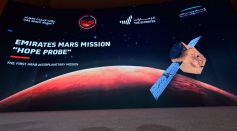
Mars' Moon Deimos' Most Detailed Images Captured by UAE's Hope Probe During Recent Flybys

What Lies at Mars' Core? Passing Seismic Waves Shed Light on Red Planet's Center
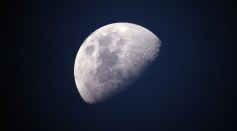
Moon Slowly Creeps Away From Our Planet; Will Earth Eventually Lose Its Natural Satellite?
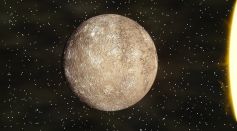
Mercury Closely Approaches Sun, Showcases Comet-like Tail as It Flares Through Night Sky
SpaceX Starship’s Trail of Destruction After Launched Captured in a Video [Report]

What, Why, Where, and How: Science's Top 10 Great Unknowns
NASA Perseverance Rover Loses Its Martian Pet Rock After Over a Year of Companionship

Meteor, Alien, or Satellite? Confusion Surfaces as Bright Light Flashes Over Ukrainian Skies
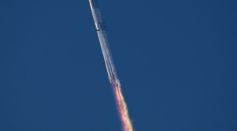
World's Best Rocket: SpaceX's Starship Successfully Passes First Launch Despite Ending in Explosive Climax
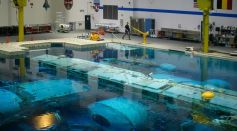
NASA's 6.2 Million-gallon Swimming Pool Turned Into a Replica of the Moon To Train Artemis Astronauts
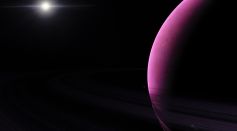
Planets Orbiting Metal-Poor Stars More Likely To Host Life as They Are More Protected From Harmful UV Radiation
600-Pound Dead NASA Satellite Crashing Back to Earth Today; How Likely Could It Kill Someone?
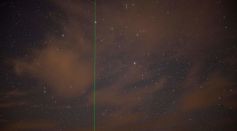
Green Laser Light That Mysteriously Appeared Near Japan's Mount Fuji Is Actually From NASA's Satellite
Most Popular

Will Earth's Magnetic Poles Flip Next? Magnetic Pole Reversal Explained Through Cutting‑Edge Magnetosphere Science

Relativity Time Dilation Explained: The Physics of Time and Why It Moves Differently in Space

How Lightning Science Reveals Why Charged Storms Are Rising with Global Warming Effects

How AI Is Used in Weather Prediction: Smarter Forecasting Through Machine Learning

![Stunning Northern Lights Bright Up the Skies in US, Canada [See Photos]](https://d.sciencetimes.com/en/full/46109/stunning-northern-lights-bright-skies-us-canada-see-photos.jpg?w=547&h=341&f=e77ed727dd550e162e52626c0c94e4c7)



